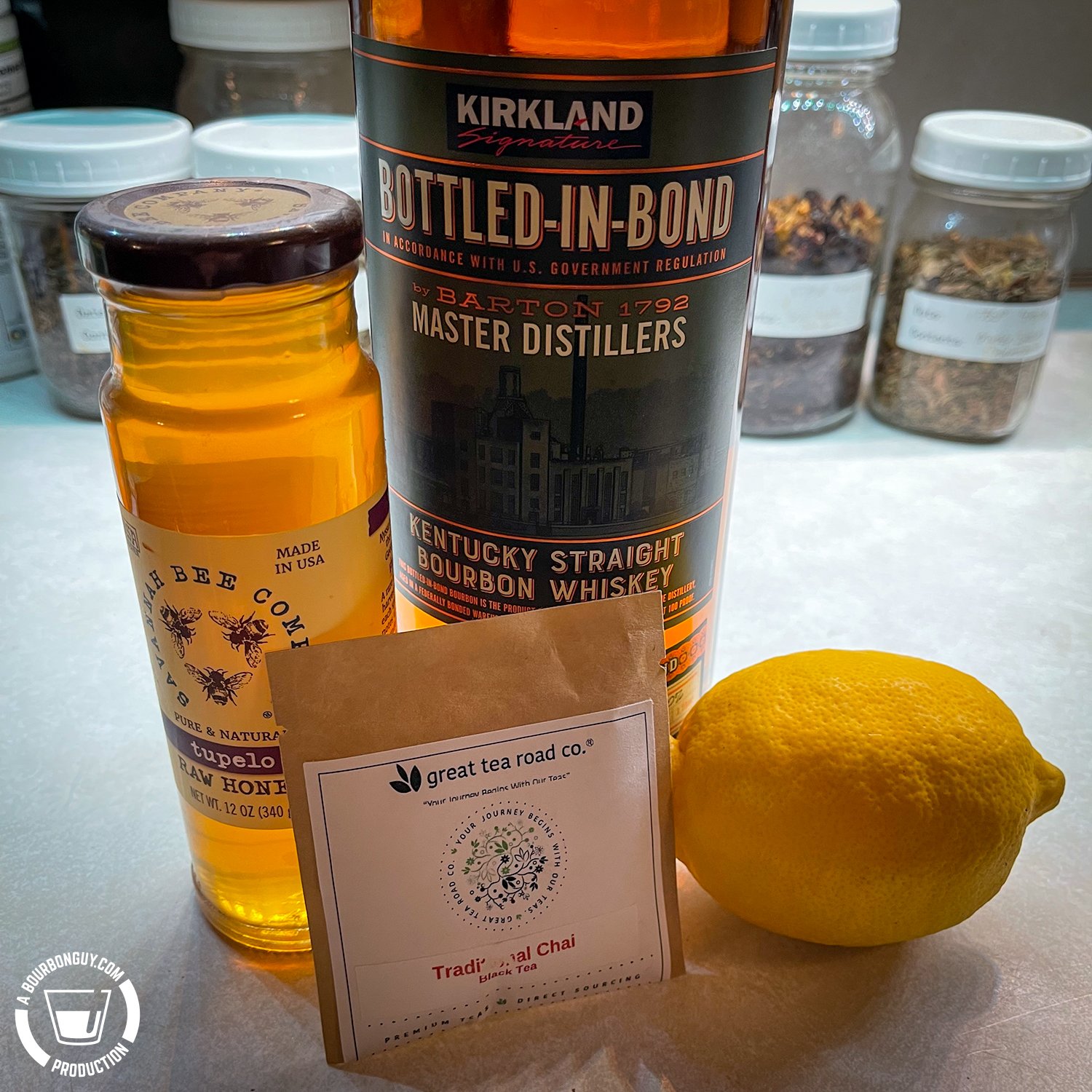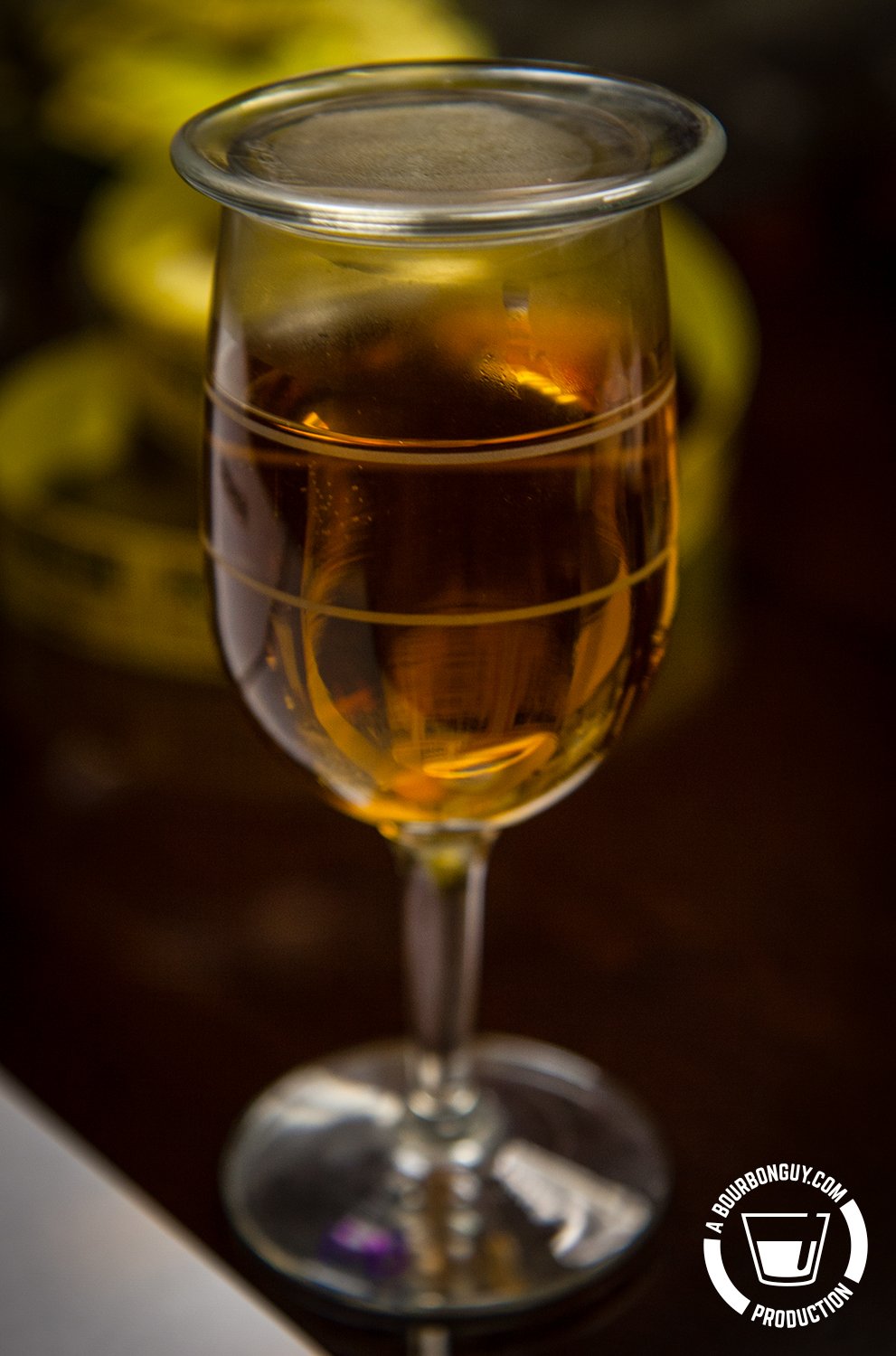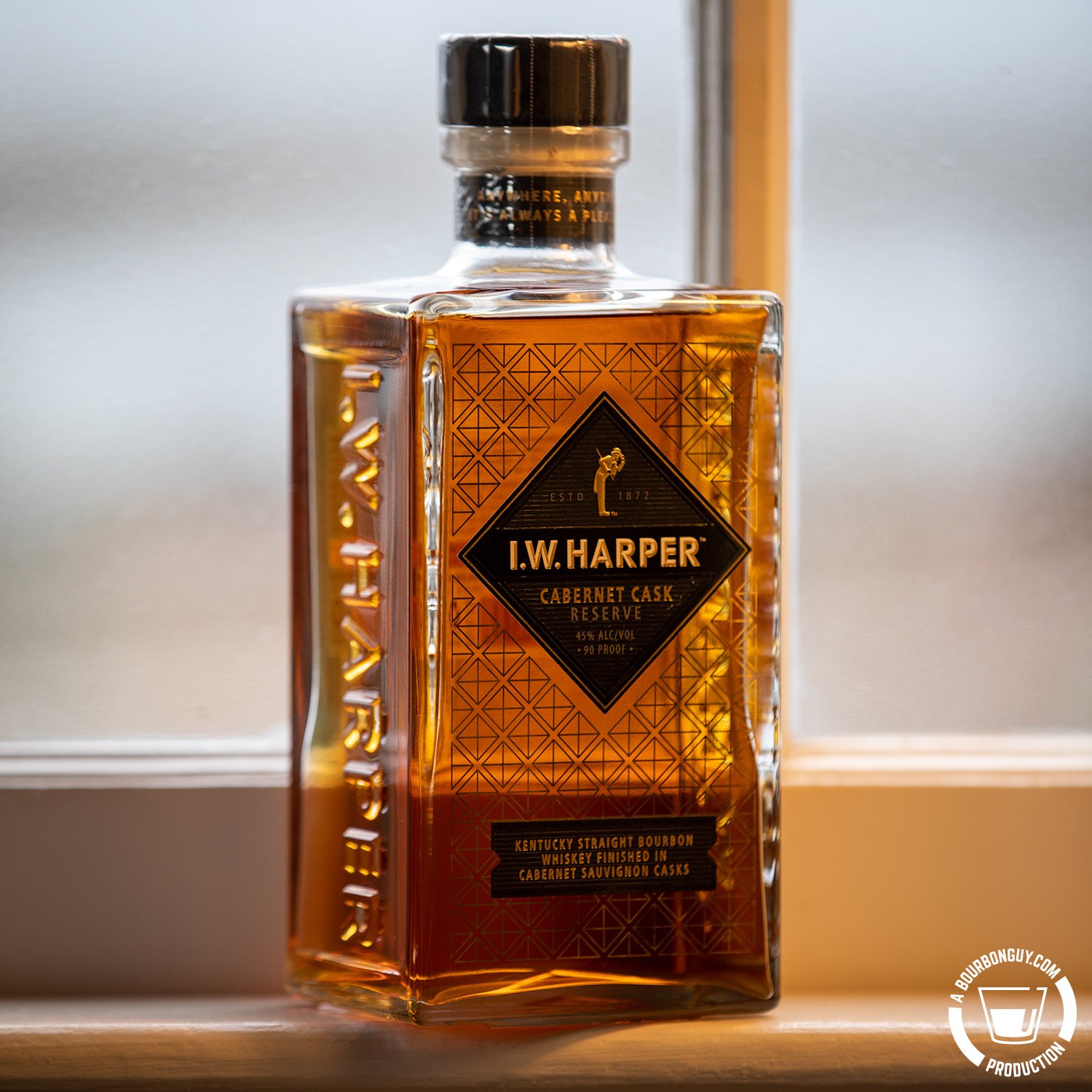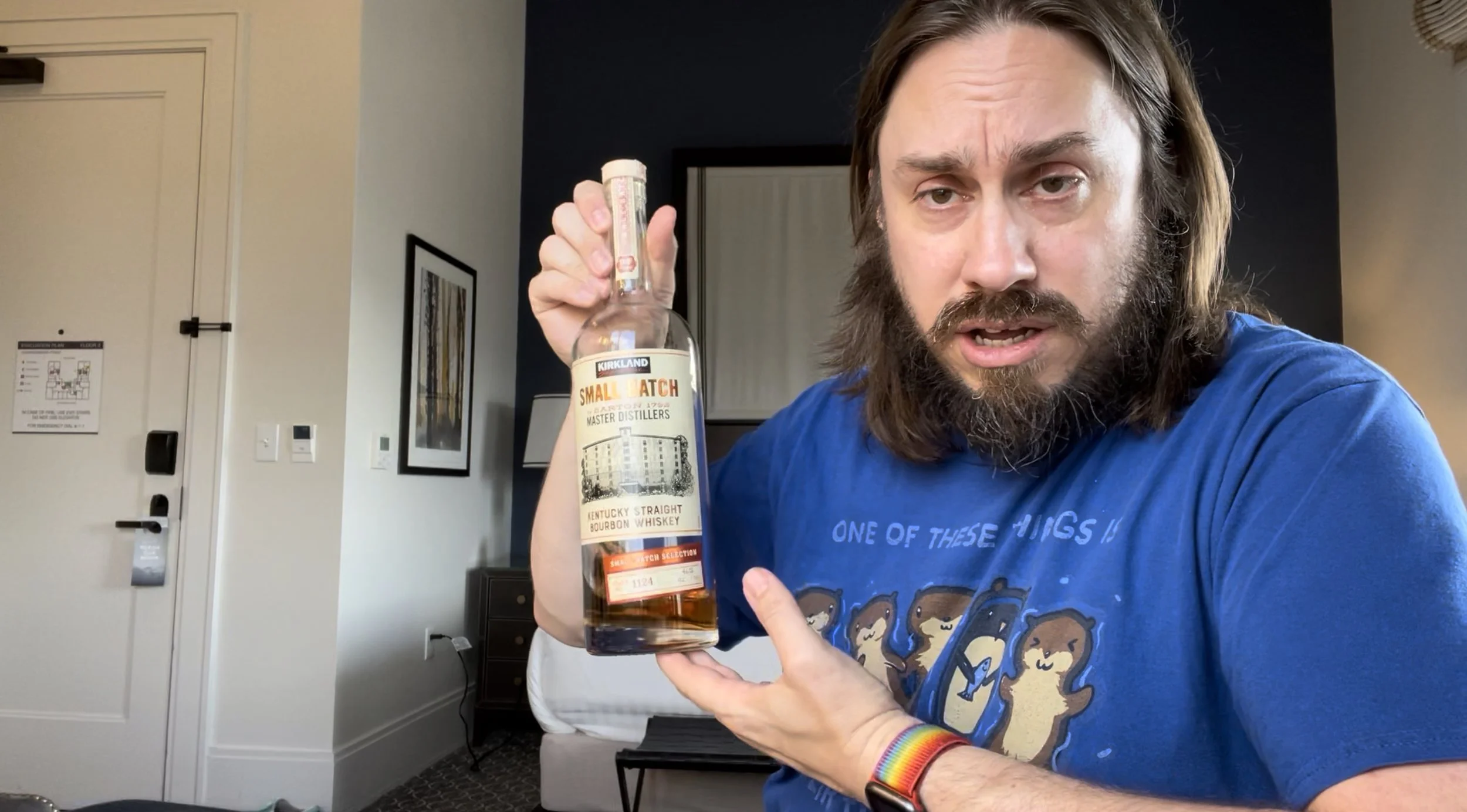What’s this? Two posts in one week? Everyone quick grab the ones you love and give them one last hug because surely the end times are upon us.
I kid, of course. But my time off taught me one thing. I need to have more fun in these. Every year, about September everything becomes a grind. It’s usually been about a year since I’ve been out of my house overnight. And normally months since I last had a day off. When you run three businesses out of your house, you don’t get days off. You are always working on one of them no matter the day. And as sad as I am to say it, writing just isn’t as much fun when you’ve been working one job or another for six months straight or more.
But like I said, I need an outlet for fun and I’m hoping to make this that outlet. Going back and reading some of those old post, was a wake up call. I’m not a serious person (ask my poor wife), it doesn’t seem right to write like one.
But enough of all of that. Let’s get to the whiskey. Tonight’s is an old friend. This is the fourth iteration of George Dickel’s Bottled-in-Bond Tennessee Whiskey. And I’ve been a fan of all of them.
If you aren’t aware, George Dickel is the “other” major Tennessee Whiskey. For the longest time, Tennessee whiskey was synonymous with Jack Daniel’s. Dickel has been around for a long time, but they didn’t get nearly the love. But in recent years, I’ve found that even though Jack is doing some really fun things, I usually prefer Dickel if I’m reaching for a whiskey from Tennessee. I especially love these Bonded versions. They’re always delicious. They are aged for more than a decade. And they are relatively inexpensive, well when compared to other American whiskeys aged to double digits that is.
So this edition was originally distilled in the fall of 2008. It is 13 years old. And I’m going to tell you now, it’s delicious. Let’s dig into it.
George Dickel Bottled-in Bond No. 4
Purchase Info: I’ve already bought 2 bottles of this so here are both. $52.99 for a 750 mL bottle at Viking Liquor Barrel, Prior Lake, MN. $47.99 for a 750 mL bottle at Costco, Burnsville, MN.
Price per Drink (50 mL): $3.53 and $3.20 respectively.
Details: 50% ABV. 13-years-old. Distilled Fall 2008
Nose: Cinnamon, brown sugar, black tea, and mint. Reminds me of a Chai tea.
Mouth: Notes of cinnamon, caramel, mint almond, and the "Dickel mineral note."
Finish: Medium in length and warmth. Notes of cinnamon, almond, and mint.
Thoughts: I've been a big fan of every previous release in this series, and this is no exception. It has a more pronounced Dickel mineral note than I remember previous editions having. So if you are a Dickel fan, as I am, keep your eyes out for this one.
Did you enjoy this post? If so, maybe you’d like to buy me a cup of coffee in return. Go to ko-fi.com/bourbonguy to support. And thank you, BourbonGuy.com is solely supported via your generosity.
Of course, if you want to support BourbonGuy.com and get a little something back in return, you can always head over to BourbonGuyGifts.com and purchase some merch. I’ve made tasting journals, stickers, pins, posters, and more.









